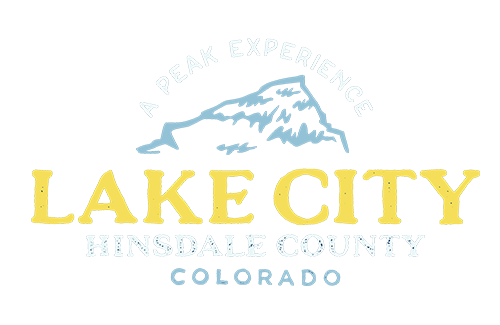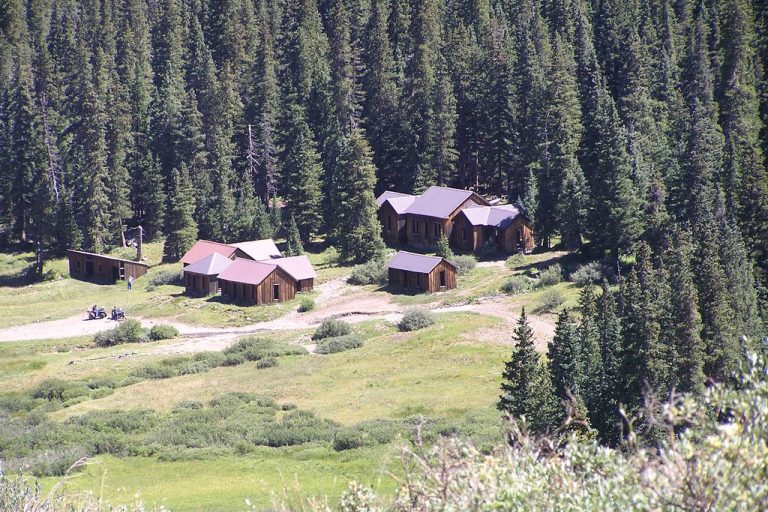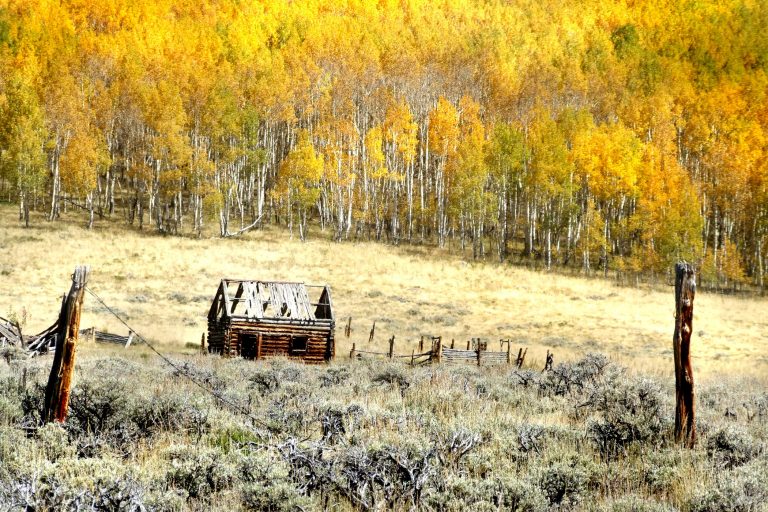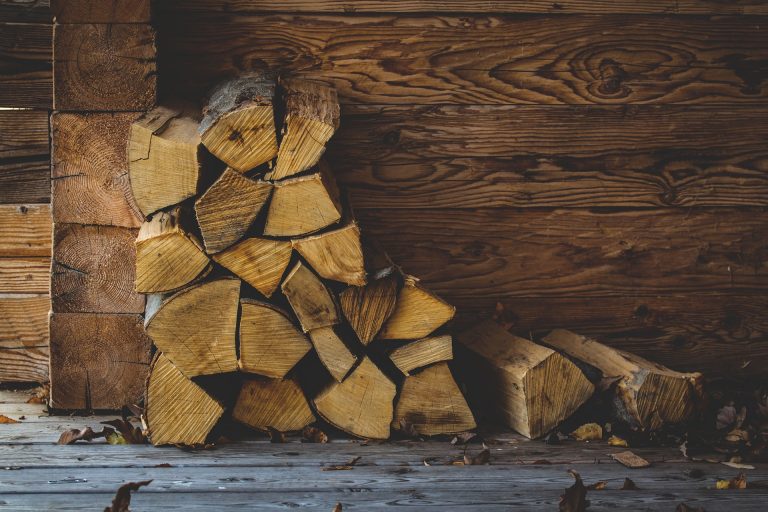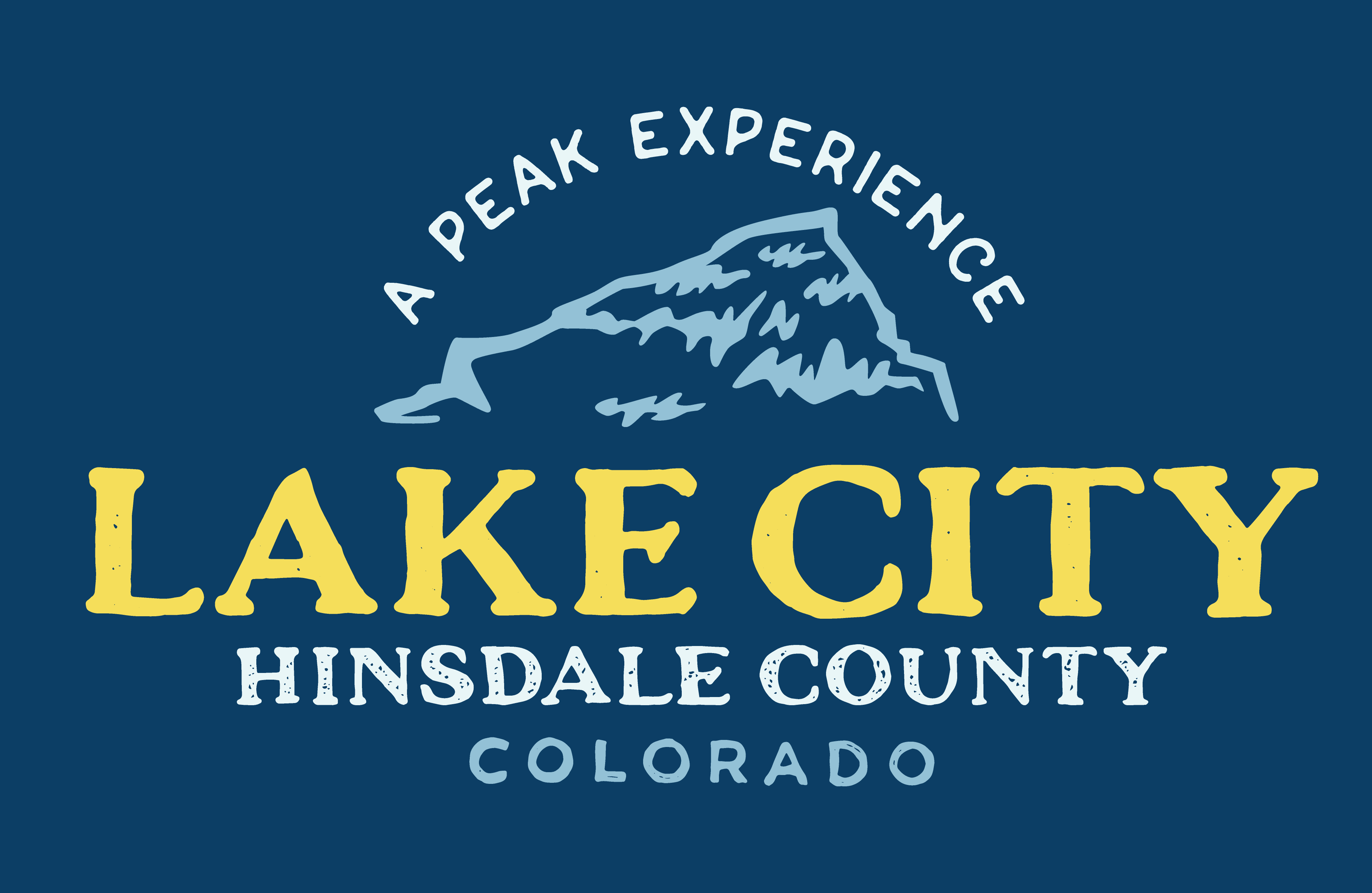Alfred Packer
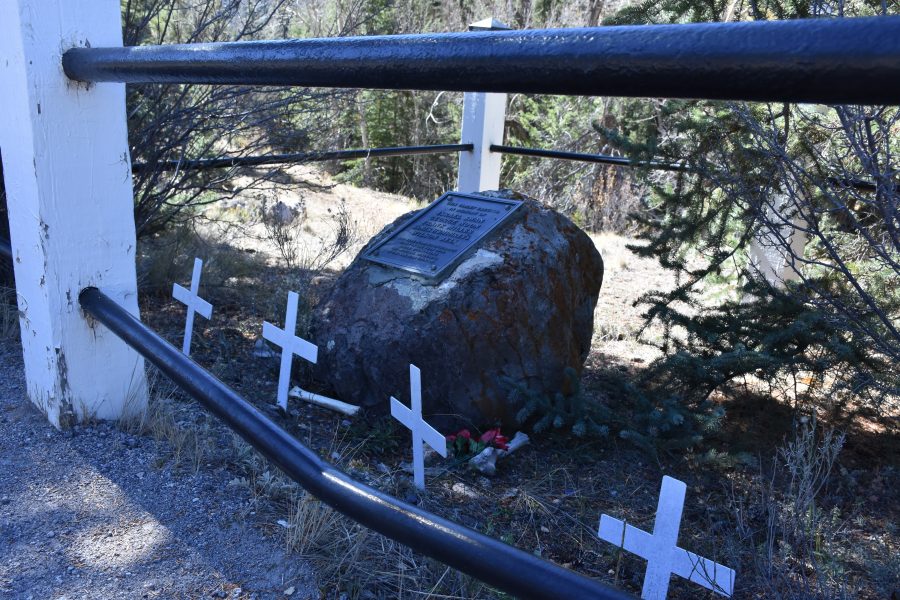
Alfred Packer
Alfred Packer and the Remains of his Victims
In the winter of 1874, Alfred Packer was hired to lead a group of prospectors through the San Juan Mountains from the winter campsite of Chief Ouray located near the present-day Delta, Colorado. This turned out to be a particularly harsh winter in the Lake Fork drainage area. Deep snow drifts and sub-zero temperatures slowed the party and supplies soon ran out. Wild game was non-existent, according to Alfred Packer, and these were no fish to be found in the frozen-over streams and lakes. By the time the men had reached the foot of Slumgullion Pass, the men had even chewed the leather from their boots. Starvation was upon them. What was a man to do to survive the winter of 1874?
Six weeks later, Packer appeared alone at the Los Pinos Indian Agency near Saguache. There he told the sad tale of losing his fellow miners in a snowstorm, but he seemed well fed and was spending money freely from several wallets. The story began to unfold when strips of human flesh were found. A search party found the bodies of the missing men at the foot of Slumgullion Pass. They had apparently been murdered and showed evidence of being cannibalized.
Packer escaped and was at large for many years. When he was captured, he was tried at the Hinsdale County Courthouse in Lake City and found guilty of murder. He was sentenced to be hanged on May 19, 1883, but won a new trial in Gunnison. There he was convicted of five counts of murder and was sentenced to 40 years in the state penitentiary at Canon City.
Packer never accepted blame for murdering all five of his companions, but he did admit to shooting and killing Wilson Bell in self-defense. Israel Swan, the oldest member of the party, died of natural causes, stated Packer, and he was cannibalized by surviving members of the party.
Denver Post columnist Polly Pry launched a crusade on Packers behalf. He was paroled in 1901, and spent his final days near Littleton, Colorado, outside of Denver.
Packer died April 1907, after suffering a stroke, and he is buried in the cemetery at Littleton.
The Experts
National attention was focused on Lake City the summer of 1989 as a team of Archaeologist and Forensic experts unearthed the grave of five men who had been murdered 115 years earlier.
Did Packer kill all five of his companions and then live off their flesh for weeks? Did they kill each other? Or, would the scientists find nothing beneath the memorial boulder, which lists the names of those unfortunate men- James Humphreys, Frank Miller, George Moon, Israel Swan and Wilson Bell?
In the summer of 1989, a team led by Dr. James Starrs of George Washington University exhumed the bones of the victims for a scientific study at the Human Identification Lab in Tucson, Arizona. They concluded that the bones did show evidence of cannibalism and violent deaths.
The remains were then returned to Lake City and reinterred on August 15, in a multi-denominational service. The bones from each skeleton were placed in one of five compartments in a single wooden box. The remains of those five prospectors again rest peacefully on the bluff overlooking the Lake Fork.
The Facts Concerning the Alfred Packer Trial
Between November 1873 and January 1874, Alfred Packer traveled with a party of twenty-one men from Utah to Chief Ouray’s camp outside of what is now Montrose, Colorado.
Packer and five other men from the party left Ouray’s camp in early February, bound for the Los Pinos Agency, about 35 to 40 miles northwest of Saguache. Packer was the only member of the party to appear at the agency on April 16, 1874.
While there, he gave his first confession regarding the death of his companions. He was placed in the Saguache jail, from which he would escape, with assistance, in early August. Nine years passed before Packer was captured near Fort Fetterman, Wyoming in March 1883. He then made his famous second confession about the deaths.
Packer’s first trial occurred in the upstairs courtroom of the Hinsdale County Courthouse during the first two weeks of April 1883. He was found guilty. His conviction was reversed, however, on October 30, 1885, and a second trial took place in Gunnison in August 1886. At that time he was sentenced to 40 years in the Colorado penitentiary.
In January 1901 Governor Thomas paroled Packer. He moved to the Denver area, where he remained until his death on April 23, 1907.
